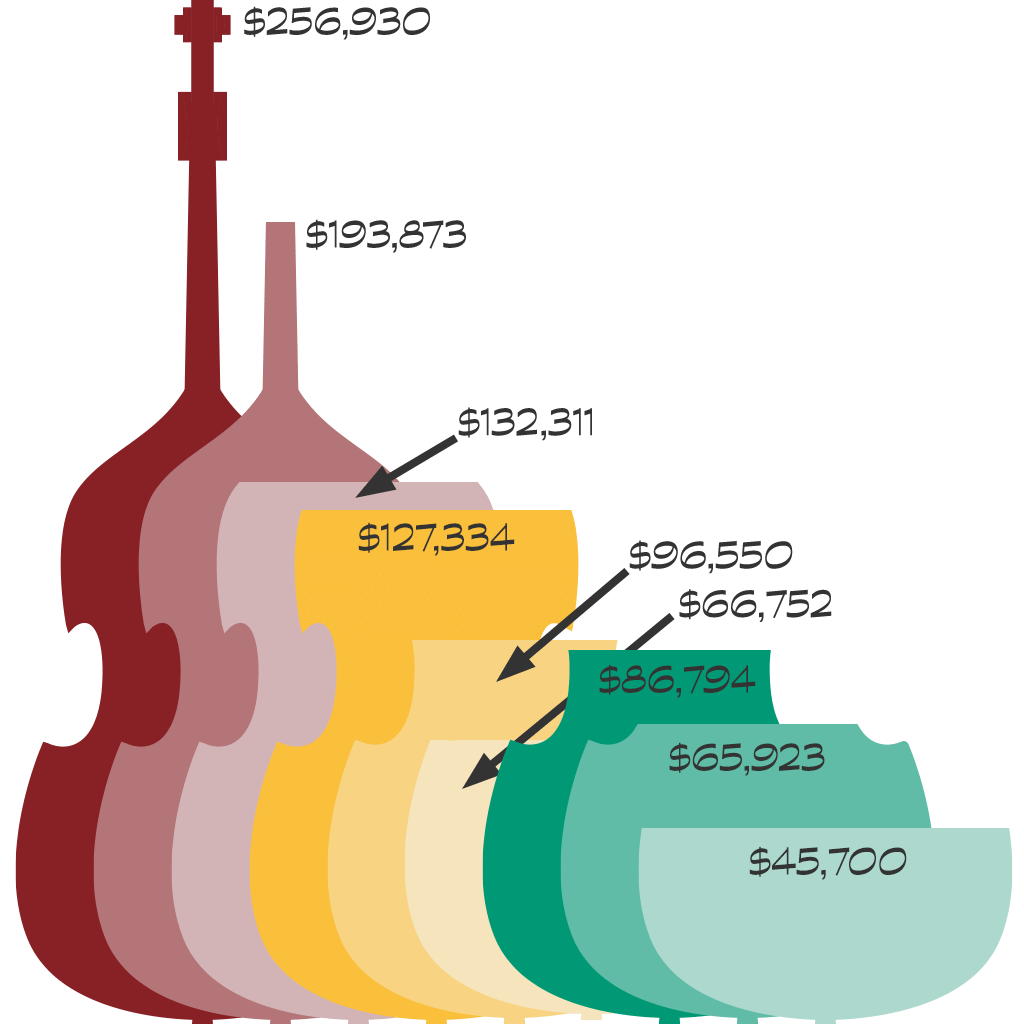- 1.0Kshares
- Facebook423
- Twitter403
- LinkedIn87
- Print56
- Email42
Question: have you ever thought about how much maintaining an instrument will cost an orchestra string musician during his/her career?
And I can say with the utmost assurance that they spend a great deal more to equip, maintain and repair their instruments than most of them realize.
A lot more.
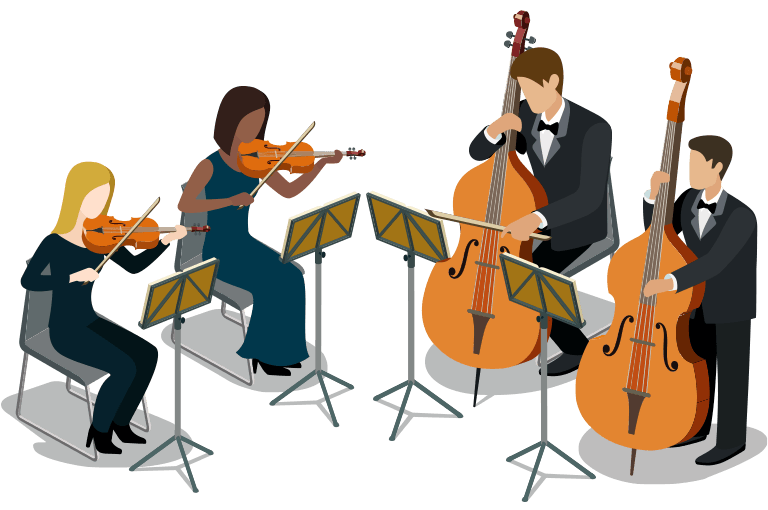
The following charts and graphs help illustrate not only how far these costs reach into musicians’ wallets but also provide necessary context to effectively manage the financial aspects of their career. In short, where you play, how you play and your attitude towards care and maintenance have a profound impact on your career costs of ownership.
This research was originally compiled in 2011 for an article that appeared in the December, 2011 edition of The Strad. All costs are quoted in dollars but have been gathered in the UK, Germany and the US. The dollar values in this version have been adjusted for USD inflation to 2017 levels.
I want to thank Ariane Todes, then editor of the magazine, for contacting me to ask if I had any article ideas for their upcoming “money” issue.
My immediate reply was “yes; yes I do.”
Her subsequent support and assistance was instrumental in helping bring about an article with research that until then, had never been compiled. I hope everyone enjoys reading this material and it contributes in some small way to making the field a better place for all stakeholders.
Interviewees
Musicians included section, fixed-chair and principal players from the violin, viola, cello, and double bass sections of professional symphony orchestras. Musicians who spend their careers working predominantly as soloists, chamber musicians or teachers have not been included.
Luthiers and repair professionals included 24 individuals who are owner-operators as well as those from multi-employee shops. Bow repair and rehair specialists were included in this group. Interview subjects were selected from as broad a cross section as possible of regions and climates within each location to account for the many variables that determine overall costs and frequency of shop work and supply purchases. Likewise, the musicians ranged from those using contemporary instruments and those using something made before 1900.
Understanding Cost Ranges
Instead, the data is presented in a series of three spend-levels: low, medium and high. These are determined by a variety of factors such as location, type of instrument, cost differentials, and even a musician’s personal attitude.
Variables like these have a dramatic effect on the total career spend, if we take a career as lasting 50 years. For example, a violist who changes their strings at the higher rate of frequency (twice a month) but purchases strings at the lowest price point will sustain approximately 53 per cent lower costs than a violist with similar frequency habits, but who purchases strings at the highest price point.
The total career spend for each instrument is relative to how much the owner is prepared to spend (spend-level) and how often (frequency).
To put it another way, spend-level x frequency = total career spend. In addition to the three spend levels we used three frequency levels, the end result produces nine different total career spend categories:
Visualizing Total Career Spend Levels Extremes
For example, high-spend bassists who maintain their instrument on a high-frequency basis will spend $256,930 over the course of their career. Compare that with a low-spend, low-frequency bassist who spends $45,700 and you can see just how much all of this matters.
Curious to know how much the other instruments spend?
Violin
Viola
Cello
Average Career Spend By Category

Annual Maintenance And Repair
Average career spend:
Violin Maintenance
Viola Maintenance
Cello Maintenance
Bass Maintenance
Violin Annual Repair
Viola Annual Repair
Cello Annual Repair
Bass Annual Repair
Cost Of Care Nitty-Gritty
Statistics begin with the annotated violin below and are followed by a selection of figures for the other instruments. The ranges are of low frequency–low spend to high frequency–high spend.

VIOLA
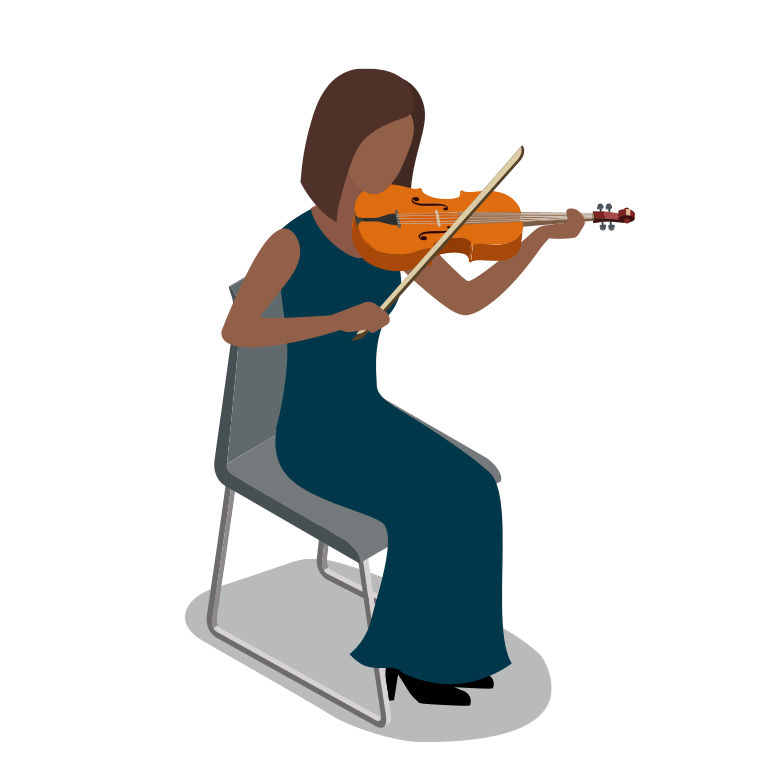
CELLO
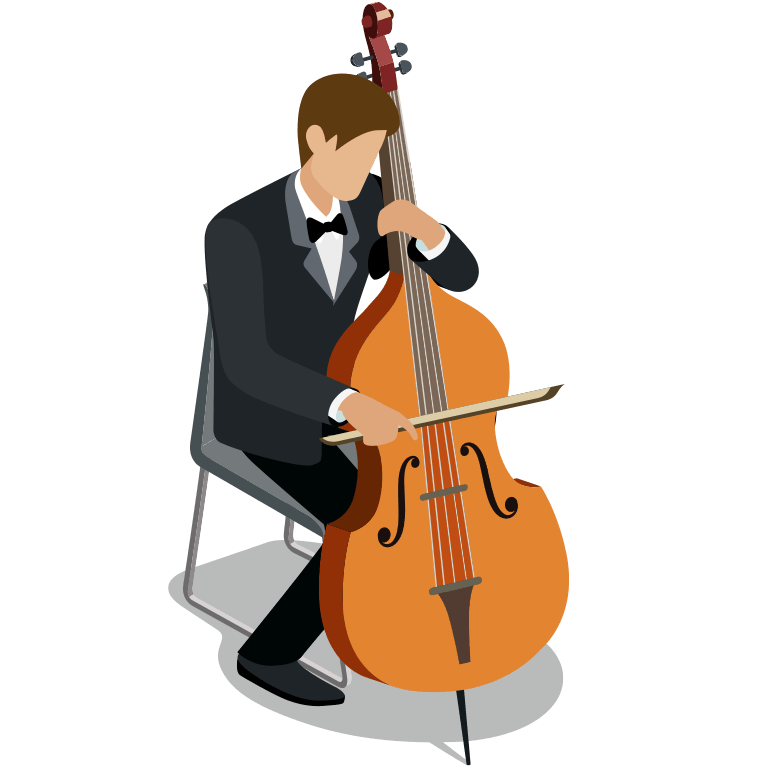
BASS
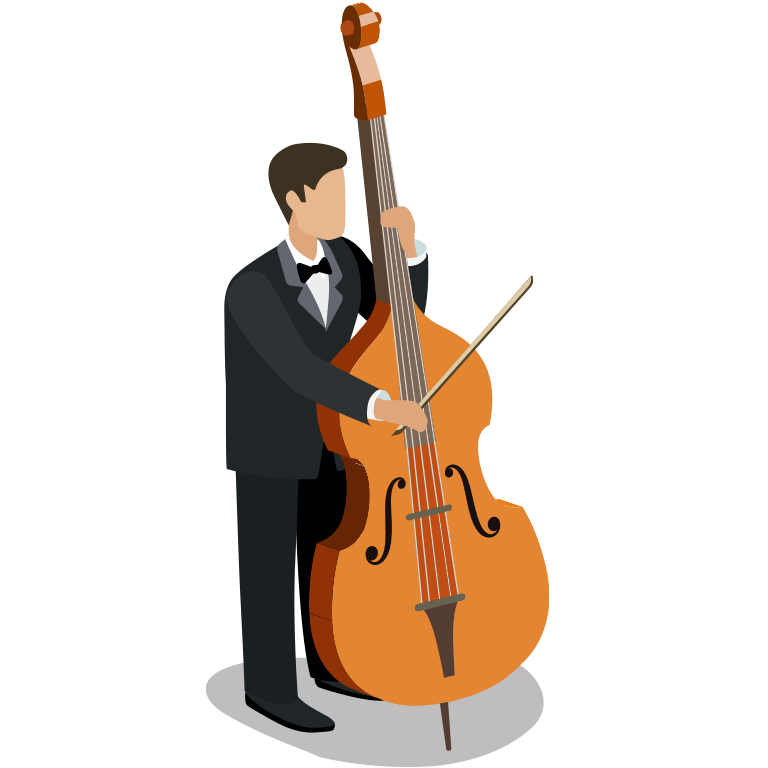
Spending On Strings
What The Numbers Don’t Include
Clearly, cases are associated with the actual instrument almost as much as the bow. But of all the accessories a string player can purchase, the decisions and needs associated with purchasing cases include enough variables as to make it counterproductive to include them in this review.
Differences in insurance costs based on the value of an instrument worthy of being used in a professional orchestra can be extraordinary. Moreover, there is a distinct difference between orchestras that may or may not provide instrument insurance as part of employment. The result is a very uneven application of costs that musicians may be expected to absorb.
Neither of these elements is trivial and the reader should be aware that they are expenses that are above and beyond those catalogued in this analysis.
A Stitch In Time
The Cost Of Climate Change
Not many.
Tours, summer festivals, and working for ensembles scattered over the world conspire to ensure that professional string players are going to pay the cost of their own type of climate change.
“It doesn’t matter if your instrument is one or several hundred years old,” said one luthier with more than 30 years of experience. “Moving in and out of different climates for as little as a single day can do all sorts of nasty things to an instrument.”
It Pays To Get The Best
Another repair professional with nearly the same amount of experience expanded on his colleague’s observation.
Most of the luthiers and repairers I spoke to said that they have a sliding scale for some of their rates based on the length of their relationship with a client and the value of the instrument.
It's The Little Things: Accessories
- Mutes: (tiny specialized bit of rubber or plastic that dampens the vibrations): up to $1,000
- End Pins (supports a cello and bass weight): up to $1,450
- End Stops (prevents end pin from damaging floor or slipping): up to $300
- Rosin (allows bow hair to grip strings): up to $1,250
- Shoulder Rests (allows violinists and violists to hold the instrument without looking stupid…or injuring their necks): up to $1,100
- 1.0Kshares
- Facebook423
- Twitter403
- LinkedIn87
- Print56
- Email42
